Infrared photography is a unique and artistic technique that explores the invisible spectrum of light, capturing surreal landscapes, ethereal portraits, and abstract compositions. This comprehensive article delves into the history, techniques, equipment, artistic considerations, practical tips, cultural impact, and trends of infrared photography for audiences in the United States.
Introduction to Infrared Photography
Infrared photography involves capturing images using light beyond the visible spectrum, typically between 700nm to 1000nm wavelengths. It reveals unseen details, atmospheric effects, and unique textures that differ significantly from conventional visible light photography. Infrared photography has applications in artistic expression, scientific research, and forensic investigations, offering photographers a new perspective on familiar subjects and environments.
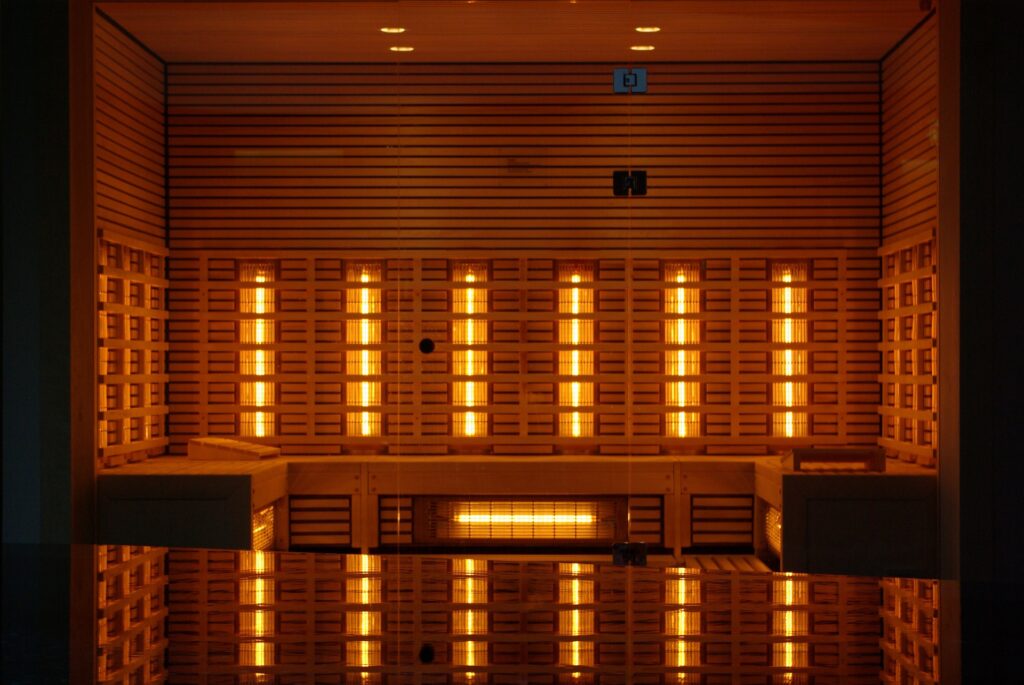
History and Evolution
The history of infrared photography dates back to the late 19th century when scientists and photographers experimented with infrared-sensitive photographic emulsions and filters to study heat distribution and atmospheric phenomena. In the mid-20th century, military and aerial reconnaissance applications further advanced infrared imaging technologies, influencing artistic experimentation and commercial applications in photography.
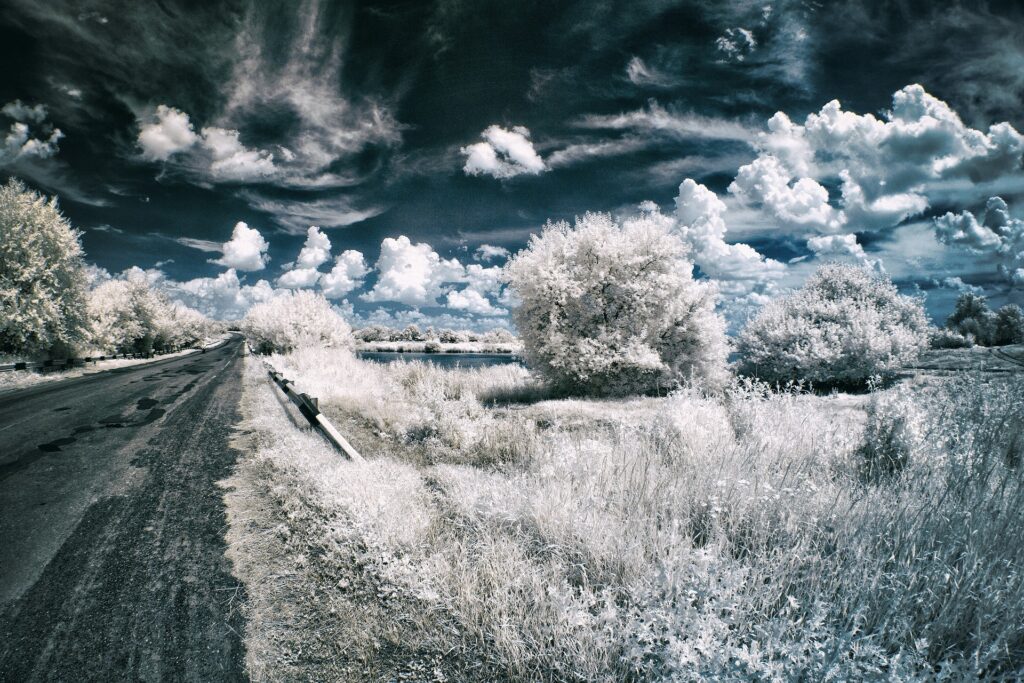
Techniques and Equipment
Infrared Spectrum: Understand the infrared spectrum ranges, including near-infrared (NIR), short-wave infrared (SWIR), and thermal infrared (thermal imaging). Each spectrum range captures distinct thermal emissions, reflective properties, and atmospheric absorption characteristics, influencing image aesthetics and scientific applications.
Camera Conversion: Modify digital cameras or purchase specialized infrared cameras calibrated for specific infrared wavelengths (e.g., 720nm, 850nm) to capture infrared images effectively. Full-spectrum cameras offer versatility for switching between visible light and infrared photography using external filters (e.g., IR-pass filters, IR-cut filters).
Filters and Lenses: Use infrared-pass filters (e.g., Wratten 87, 89B) to block visible light and enhance infrared sensitivity in digital cameras. Experiment with wide-angle lenses for expansive landscapes and telephoto lenses for selective focus and detailed close-ups, adapting to varying infrared light conditions and subject compositions.
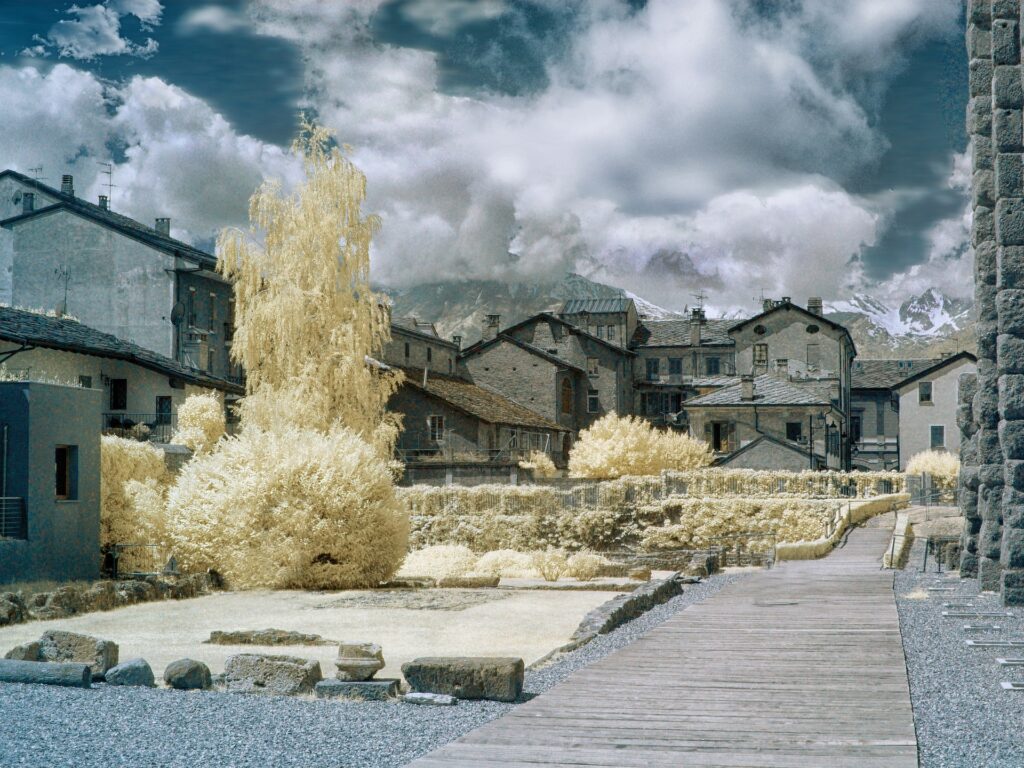
Artistic Considerations
Creative Effects: Explore creative possibilities in infrared photography, emphasizing contrast, texture, and surreal color renditions. Foliage appears bright white or pinkish due to chlorophyll reflectance, while skies and water bodies exhibit deep blue or black tones, creating dreamlike interpretations of natural landscapes and architectural structures.
Composition and Lighting: Apply composition principles such as symmetry, leading lines, and negative space to enhance visual impact and narrative in infrared images. Experiment with backlighting, shadows, and natural reflections to accentuate infrared effects and atmospheric nuances, capturing mystical and otherworldly atmospheres.
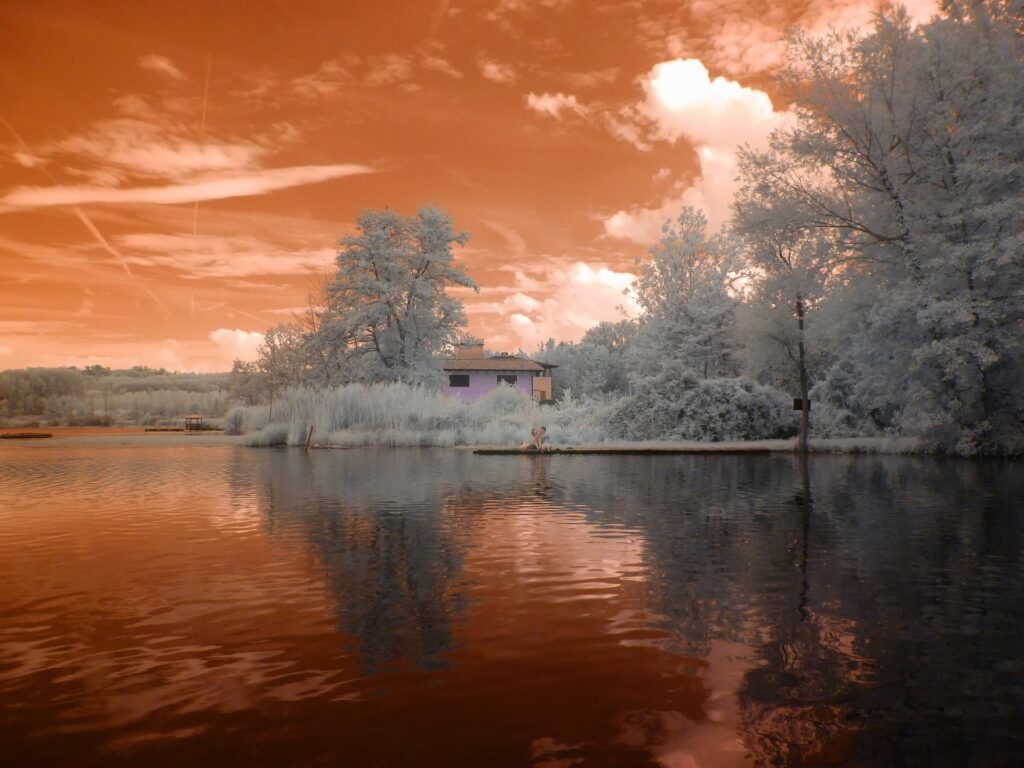
Practical Tips for Infrared Photographers
Exposure Settings: Adjust camera settings for infrared photography, including longer exposure times to compensate for reduced infrared light sensitivity. Use manual focus to achieve sharpness and clarity in infrared images, as autofocus systems may struggle to detect infrared wavelengths effectively.
Post-Processing Techniques: Utilize specialized software (e.g., Adobe Photoshop, Lightroom) for infrared image processing and color channel swapping. Convert infrared RAW files to grayscale or false-color images, adjusting color balance, contrast, and exposure levels to enhance visual aesthetics and convey artistic intent.
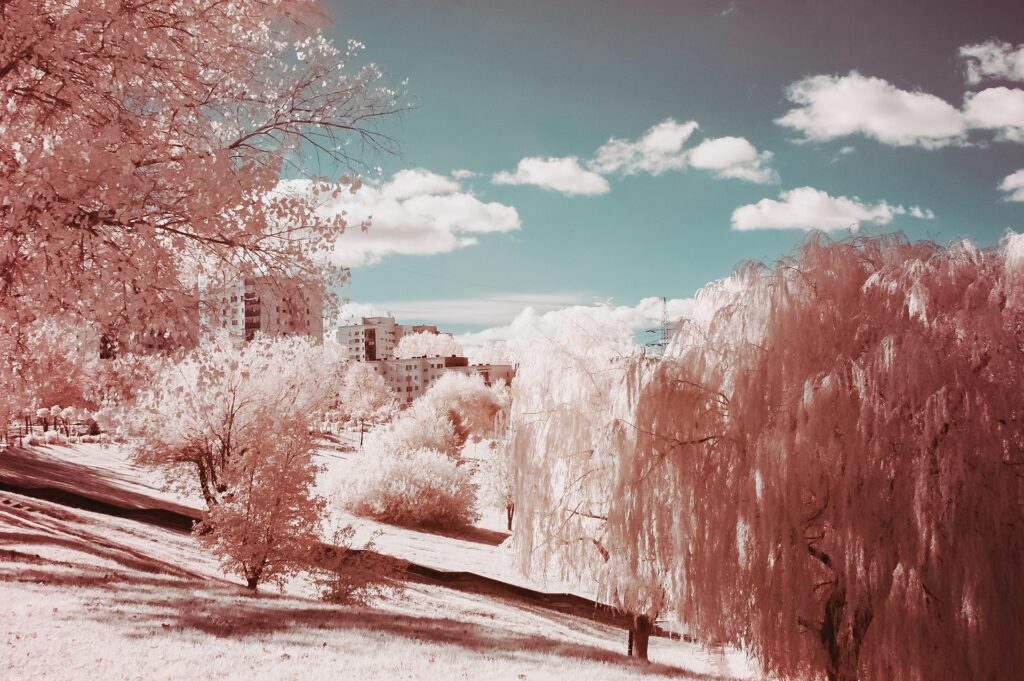
Cultural Impact and Contemporary Trends
Artistic Expression: Infrared photography inspires artistic expression, surrealism, and visual storytelling through unconventional color palettes and abstract interpretations of familiar subjects. Fine art galleries, exhibitions, and online platforms showcase infrared photographers’ works, attracting collectors and enthusiasts interested in experimental photography.
Scientific Applications: Beyond artistic pursuits, infrared imaging technologies support scientific research in agriculture, environmental monitoring, archaeology, and medical diagnostics. Infrared cameras detect thermal anomalies, vegetation health indicators, and structural integrity assessments, contributing to data-driven analyses and evidence-based decision-making processes.
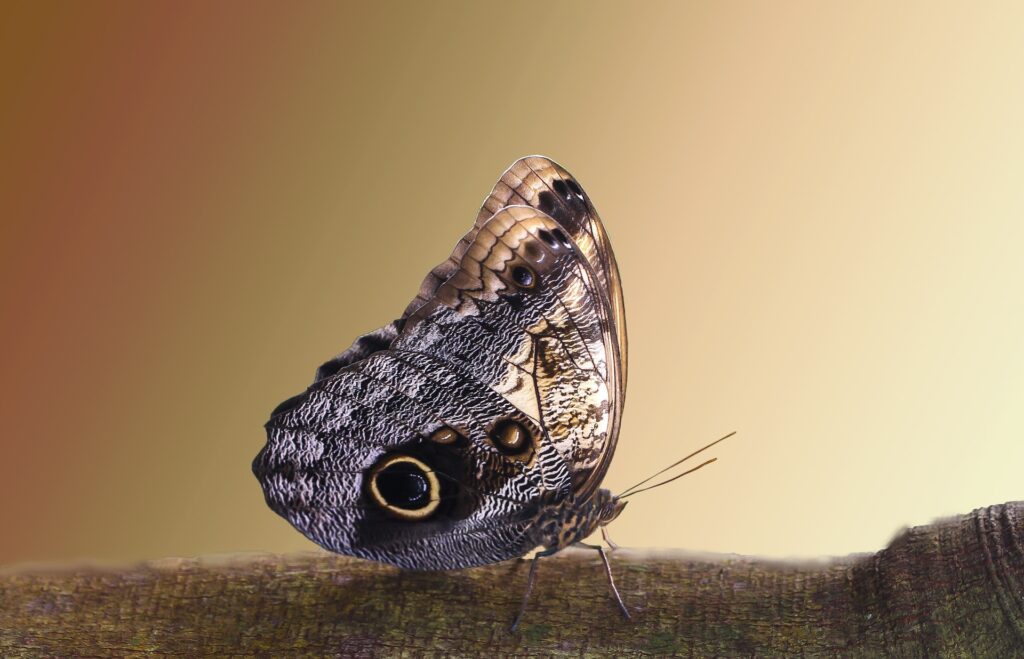
Conclusion
In conclusion, infrared photography unlocks a realm of visual exploration, revealing hidden textures, atmospheric nuances, and surreal interpretations of the natural and built environment. By mastering technical skills, embracing creative experimentation, and understanding infrared light principles, photographers expand artistic boundaries and contribute to a diverse photographic landscape that merges science, artistry, and cultural interpretation.
From mystical landscapes and architectural studies to abstract compositions and scientific investigations, infrared photography challenges perceptions, evokes emotional responses, and invites viewers to reconsider the familiar through an infrared lens. As photographers continue to innovate, collaborate, and share their infrared discoveries, the art and impact of infrared photography inspire curiosity, imagination, and appreciation for the unseen beauty within our visible world.